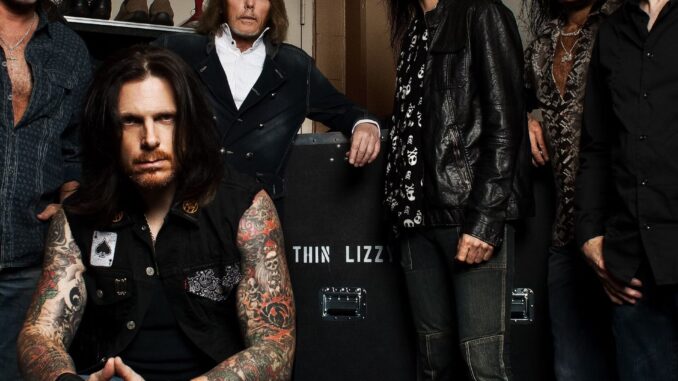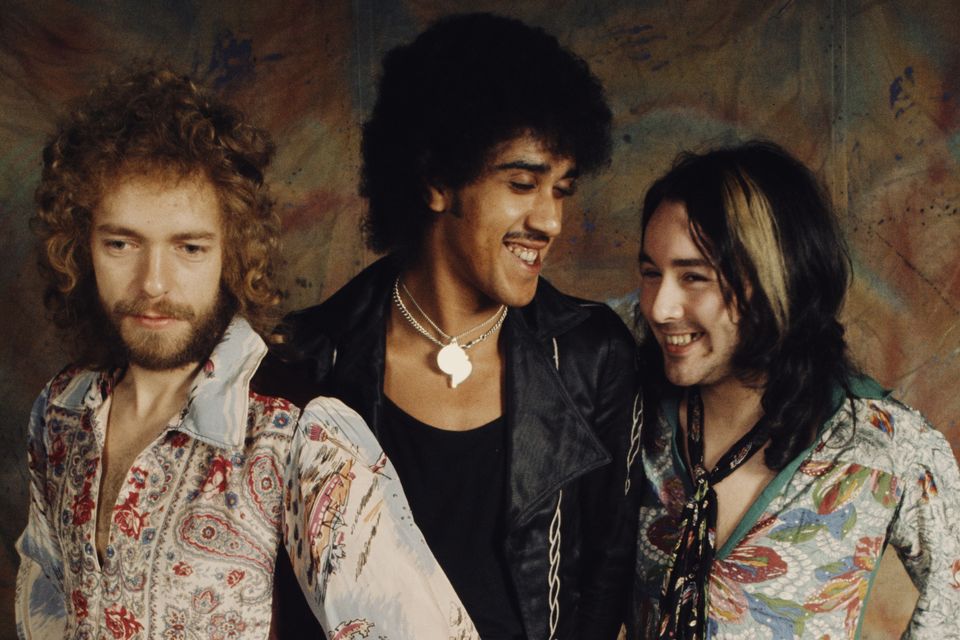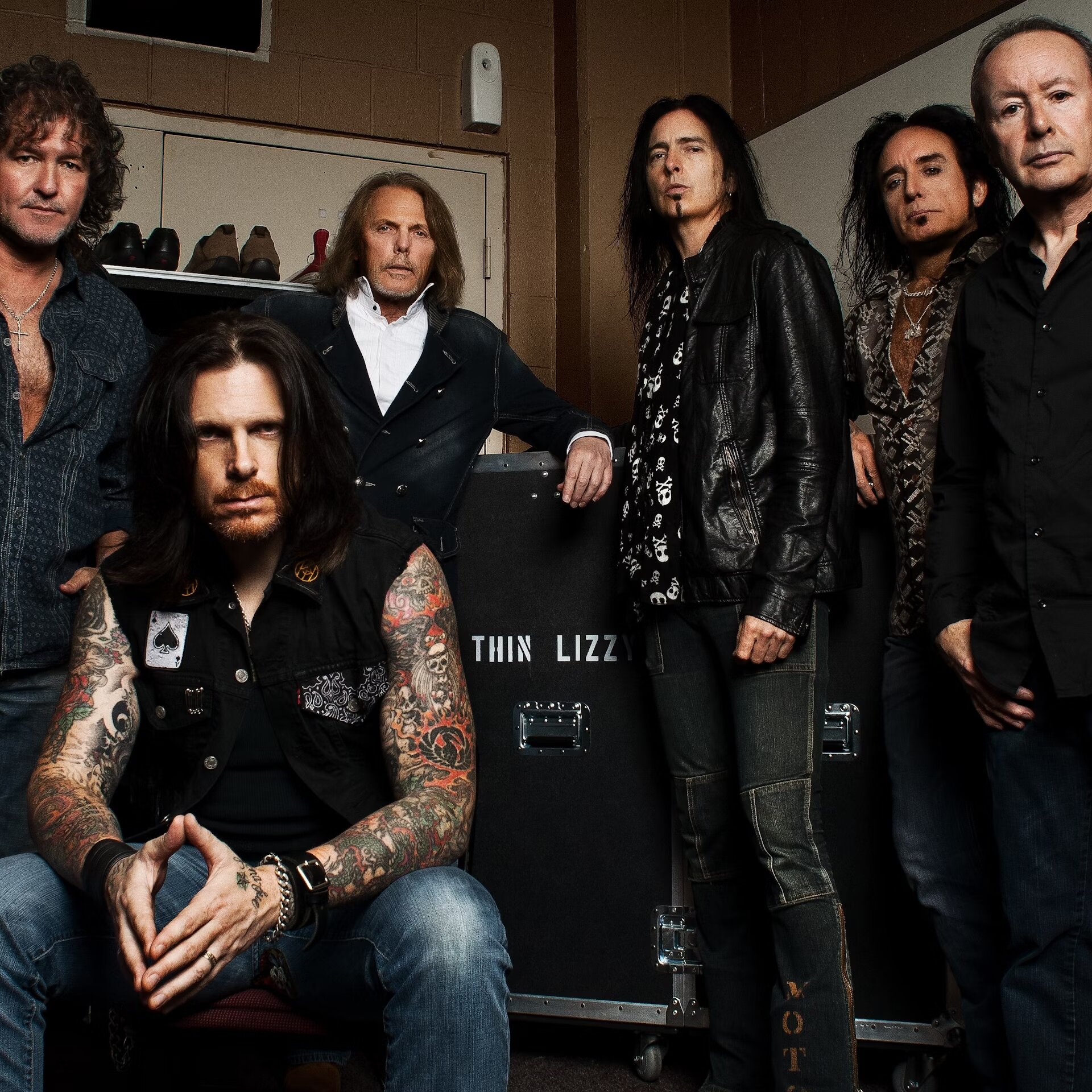
Thin Lizzy’s Brian Downey: ‘When Scott went into rehab, Phil Lynott should have gone with him’
The drummer on the band’s long road to success, his childhood memories of Lynott and how trying heroin just once put him off for life
Brian Downey was one of the lucky ones. Heroin never got its claws into him. Like many members of internationally successful rock bands in the 1970s, he tried the drug. But once was enough — he hated the stuff.
“I tried it in America,” the Thin Lizzy drummer says. The band had were on tour at the time. “I was really curious to see what the big deal was, because Phil [Lynott] and Scott [Gorham] were taking it on a sort of semi-permanent basis.
“When I took it, I got as ill as you can get. I was as sick as a dog, vomiting really badly. I lay down on the bed and woke up half an hour later as high as a kite. There was a party going on in the next room and I just joined in. But the next day, I experienced the worst hangover of my life. I was too frightened to try it again. We’d a gig to do that night and I don’t know how I managed it. My muscles had seized up and I barely got through it. I said to Phil, ‘Look man, I can’t play the drum solo’ and he understood. He actually started laughing.”
Lynott knew the side effects of heroin all too well, but he had become accustomed to the drug. Its effects would eventually take its toll, however, and his heroin dependency is at least part of the reason why he died at just 36 in 1986.
Gorham eventually managed to get clean. “When Scott went into rehab,” Downey says, “Phil should have gone with him. He had promised Scott that he was going to go in with him.
“Our manager at the time said, ‘He’s working on his new solo album. There’s no time to go into the clinic. He wants to get this off his chest first’. In the end, he never went, unfortunately.”
Downey is doing promotional rounds to mark the release of a 50th anniversary edition of Thin Lizzy’s third album, Vagabonds of the Western World, but is content to talk about everything and anything. He’s an engaging raconteur and he has plenty of stories to tell.
The Dubliner formed Thin Lizzy with Lynott, Eric Bell and Eric Wrixon in 1969. Wrixon, who was a founding member of Van Morrison’s first band, Them, left after a few months, but Lizzy hit the ground running. And, yet, despite exciting critics and audiences, big-time success came slowly.
The first pair of albums were critically acclaimed but only moderately successful. Vagabonds marked a development in the band’s artistic prowess but the breakthrough was still a number of years away.

Prior to the release of Vagabonds, the band enjoyed a hit with their supercharged and gleefully reimagined Whiskey in the Jar. Downey recalls that the original plan was to release Black Boys on the Corner as the single, but the record company pushed hard for their cover of the trad song instead. “It was a smart move,” Downey say. “Black Boys is a good song, one I’ve always enjoyed playing, but Whiskey in the Jar made a lot of sense.”
Vagabonds, Downey says, is significant for several reasons. “It was the last album that [original guitarist] Eric Bell made with Thin Lizzy and it was the first to feature the artwork of Jim Fitzpatrick.” Scott Gorham and Brian Robertson would bring their guitars to subsequent albums, starting with 1974’s Nightlife, and Fitzpatrick — who was already celebrated for his Che Guevara poster and Celtic mythology imagery — would be responsible for Lizzy’s distinct visual identity from then on.


Leave a Reply